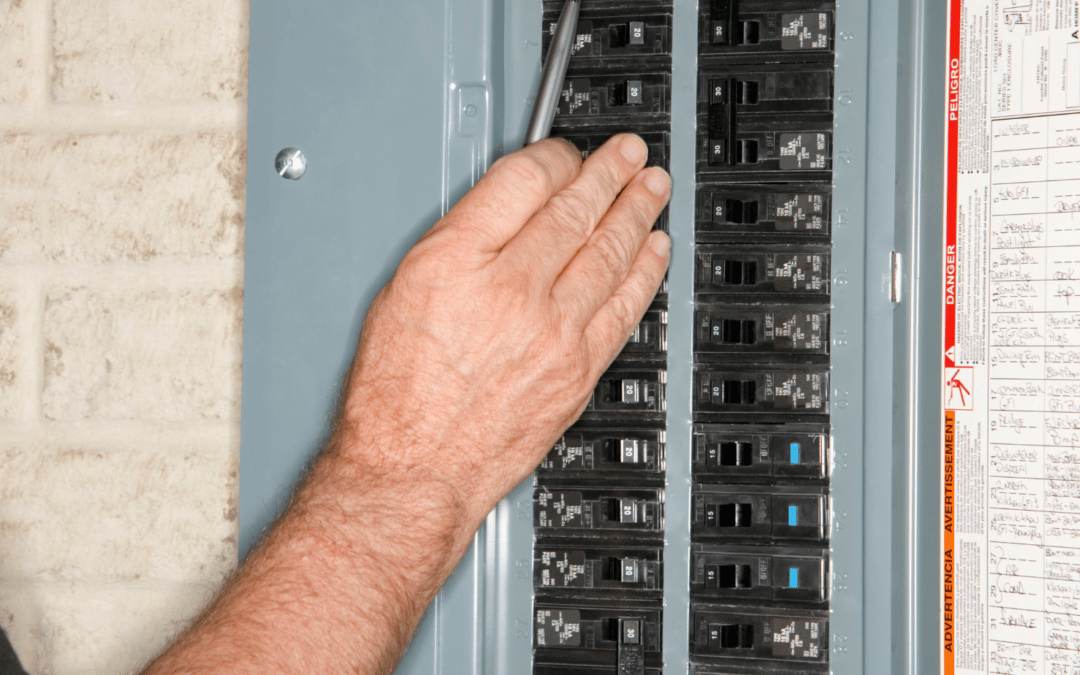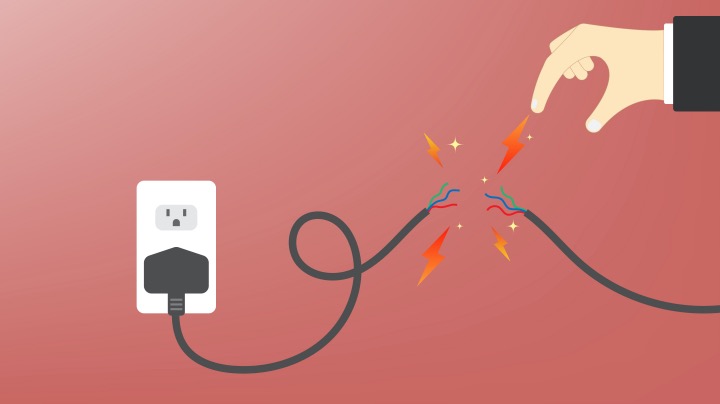Leading Tips for Effective Electrical System Troubleshooting
Fixing electrical systems needs a systematic method, based in a detailed understanding of electric principles and safety and security protocols. By familiarizing oneself with circuit parts, making use of vital tools, and adhering to an organized assessment method, specialists can efficiently recognize and settle problems. The subtleties of effective fixing extend beyond plain technical expertise; understanding exactly how to document searchings for and focus on safety and security can considerably affect outcomes. As we explore these vital aspects further, it ends up being clear that understanding this procedure is not simply advantageous but crucial for success in the area.
Understand the Essentials
Understanding the essentials of electric systems is vital for efficient troubleshooting, as a solid foundation permits professionals to detect and settle problems much more efficiently. A detailed grasp of electric concepts, such as voltage, present, resistance, and power, is vital in identifying the origin causes of troubles. Voltage is the electrical prospective difference that drives existing through a circuit, while resistance opposes the circulation of existing, affecting the overall performance of the system.
Familiarity with circuit elements, consisting of resistors, capacitors, diodes, and switches, is additionally vital. Each part plays an unique function in circuit actions and can influence performance when malfunctioning. Furthermore, comprehending collection and parallel circuit arrangements is crucial, as these plans affect the distribution of voltage and current within the system.
Service technicians need to be mindful of possible threats, such as shock and brief circuits, to execute risk-free troubleshooting methods. By understanding these fundamental principles, technicians enhance their capability to carry out effective diagnostics and repair work, ultimately leading to boosted efficiency and dependability of electrical systems (electrical system troubleshooting).
Gather Necessary Tools
Efficient troubleshooting of electric systems needs the right set of devices to identify and resolve issues properly. Essential tools consist of a multimeter, which measures voltage, existing, and resistance, permitting for exact analyses of electrical components.
Additionally, shielded hand tools such as screwdrivers, pliers, and wire pole dancers are vital for safely manipulating electric links. It is also suggested to have a circuit tester handy to verify the existence of voltage in outlets and cords. For even more facility systems, a thermal imaging video camera can aid detect overheating elements, showing prospective failings.

Adhere To an Organized Technique
Having gathered the suitable tools, the following action in fixing electric systems is to comply with an organized strategy. A systematic approach guarantees that technicians can determine faults effectively and precisely, lessening downtime and avoiding unneeded fixings.
Begin by examining the system's schematic layouts and specs. This involves monitoring each element methodically, starting from the power source and working towards the tons.
Make use of testing equipment, such as multimeters and oscilloscopes, to gather unbiased data concerning voltage, present, and resistance at numerous factors within the system. This empirical evidence will certainly lead your troubleshooting efforts and aid to verify or remove prospective reasons of failing.
Furthermore, consider ecological elements that might affect the system's performance, such as temperature level changes or moisture access. An extensive inspection of electrical wiring, links, and parts will make sure that all possibilities are accounted for.
File Your Searchings For
Detailed documentation is vital in the troubleshooting process of electrical systems. This practice not only help in recognizing the root cause of the problem but likewise serves as a recommendation for future fixing efforts.

Additionally, maintaining a log of parts changed or repairs performed is invaluable. This details supports stock management and can help analyze the durability and integrity of particular components.
Ultimately, the documentation process should be thorough yet succinct, making it possible for very easy access and evaluation - electrical system troubleshooting. By prioritizing detailed paperwork, technicians can create a useful expertise base that not just help in existing troubleshooting however also encourages future upkeep efforts, thereby enhancing overall system reliability

Prioritize Precaution
Identifying the inherent dangers connected with electric systems is essential for making certain safety throughout troubleshooting. Electrical shock, burns, and devices damage are simply a few of the possible hazards that specialists encounter. Focusing on precaution is not just a legal responsibility yet additionally a moral critical that safeguards both the specialist and the surrounding setting.
Before starting any kind of troubleshooting task, specialists should don suitable personal safety tools (PPE), including protected handwear covers, shatterproof glass, and flame-resistant apparel. Guaranteeing that the workspace is dry and without mess can considerably reduce the risk of accidents. It is vital to de-energize circuits before beginning any job, confirming that they are not live through the use of a multimeter or voltage tester.
Establishing clear interaction methods with staff member is additionally essential; this makes certain that everyone understands possible dangers and the standing of the electrical system being serviced. Having an emergency feedback plan in place can prove invaluable in the occasion of an incident. By focusing on security actions, technicians can effectively mitigate threats and promote a much safer workplace.
Conclusion
Effective electrical system repairing relies on a thorough understanding of essential principles regulatory compliance assistance and a systematic approach. Focusing on safety and security measures makes sure the health of individuals entailed and the integrity of the electric system.